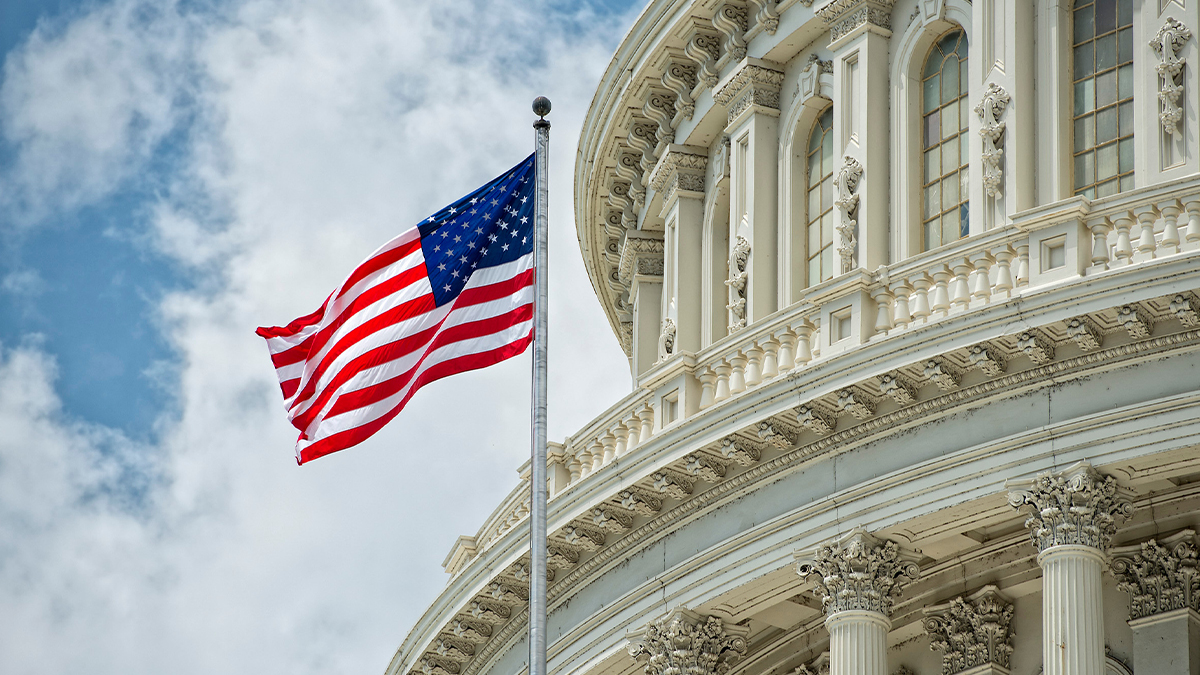
What does SECURE 2.0 mean for small employers?
SECURE 2.0 changes retirement plan rules for small employers with 100 or fewer employees.

SECURE 2.0 changes retirement plan rules for small employers with 100 or fewer employees.

Financial institutions need to understand what led to the recent failures of Silicon Valley Bank, Signature Bank of New York and Silvergate Bank so they can enhance their organizations’ risk management activities and meet increased regulatory expectations while also maintaining customer confidence.

Nonprofits need to overcome the workforce shortage. Organizations must innovate because the labor market will remain tight for the foreseeable future.

For too many boards, the audit committee remains a catch-all for issues that don’t seem to fit elsewhere. A roundtable discussion.

Financial statement preparers should consider the impact of new tax laws and regulations on income tax calculations and disclosures in their 2022 financial statements.

For real estate private fund investing, rising rates have made deal metrics harder to obtain, and as a result, the amount of capital being raised for funds has created hesitancy in the overall market.

The Tax Cuts and Jobs Act (TCJA) of 2017 made several sweeping changes to the tax code. However, many provisions were designed to be temporary and thus contained a “sunset” or expiration date. This article will review several provisions that have either recently expired or are scheduled to expire in the coming years.

On December 23, 2022, Congress passed the $1.7 trillion omnibus spending bill that contained several accounting and tax-related provisions, including the SECURE (Setting Every Community Up for Retirement Enhancement) 2.0 Act of 2022.

In this article, we will provide an overview of the benefit plan limits and thresholds for 2023, including updates to 401(k) plans, health savings accounts (HSAs), high-deductible health plans (HDHPs), flexible spending accounts (FSAs), and other miscellaneous benefits.